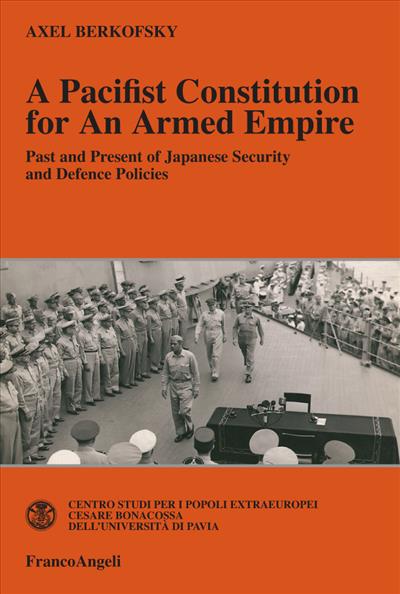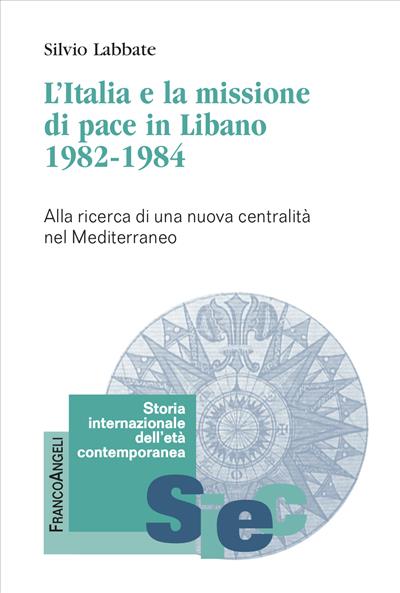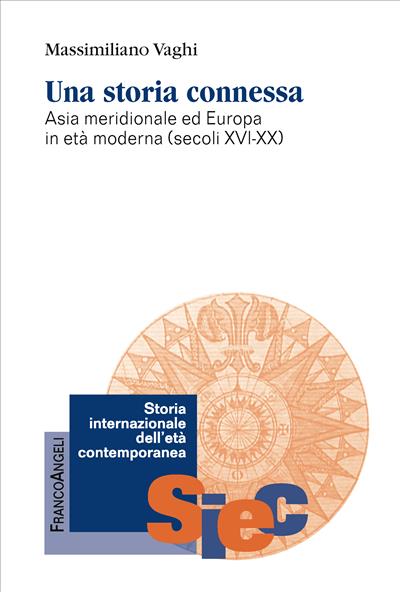
A Pacifist Constitution for an Armed Empire.
Past and Present of Japanese Security and Defence Policies
Japan is an officially pacifist country but does not have pacifist security and defence policies. Today’s Japan boasts ‘Self-Defence Forces’ equipped with an annual budget of 47 billion US dollars. To be sure, this is not what General Douglas MacArthur had in mind when, in 1945, he set out to transform Japan from imperialist and militarist into peace-loving and democratic...
Pages: 320
ISBN: 9788856845044
Edition: 1a edizione 2012
Publisher code: 238.24
Availability: Buona
Pages: 320
ISBN: 9788856872057
Edizione:1a edizione 2012
Publisher code: 238.24
Can print: No
Can Copy: No
Can annotate: Sì
Format: PDF con DRM Readium LCP




